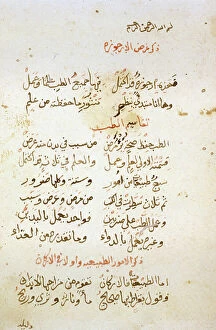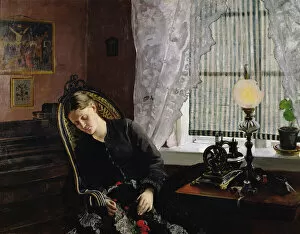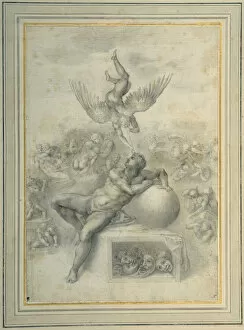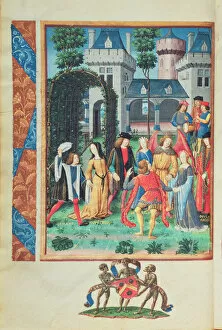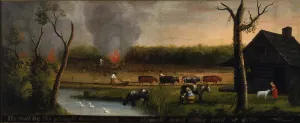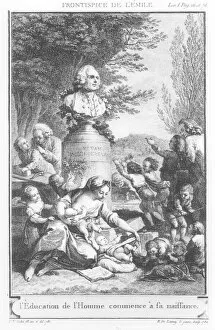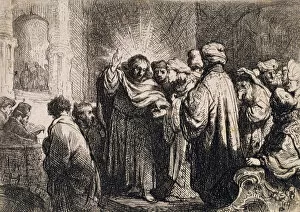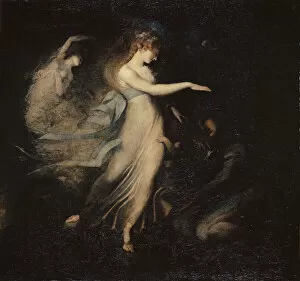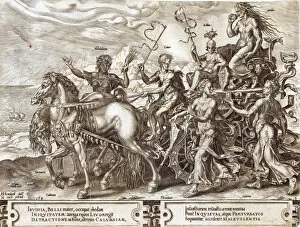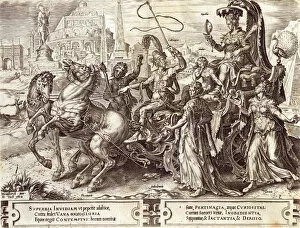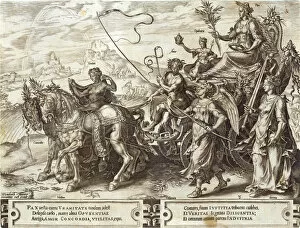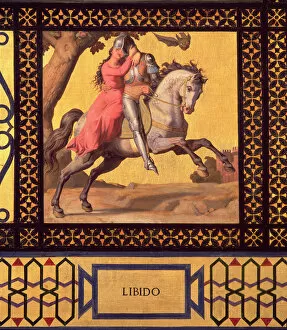Didactic Collection
"Exploring the Didactic Nature of Art: A Journey Through Time" In "The Seamstress, 1881, " an oil on canvas masterpiece
All Professionally Made to Order for Quick Shipping
"Exploring the Didactic Nature of Art: A Journey Through Time" In "The Seamstress, 1881, " an oil on canvas masterpiece, we witness the didactic power of art as it captures the resilience and creativity of a skilled craftsperson. Inspired by Michelangelo Buonarroti's work, "A Dream of Human Life" takes us on a thought-provoking journey through the complexities and fragility of our existence, reminding us to reflect upon our purpose in this vast universe. "Humility, " plate 7 from "The Vicissitude of Human Things, " engraved in 1564, serves as a timeless reminder that true strength lies not in arrogance but in embracing humility as a virtue essential for personal growth. Contrasting with humility is "Riches, " plate 2 from the same series. This engraving urges us to ponder how material wealth can shape individuals and societies while cautioning against its potential pitfalls. Through an illustration from Cynegetica, we are transported into ancient hunting practices. The image reminds us that knowledge passed down through generations can be both instructive and didactic when exploring humanity's relationship with nature. "The Magic Garden" presents allegorical figures embodying Courtesy, Love, Beauty, and Liberality. This enchanting artwork teaches us about virtues that foster harmonious relationships within society. "He that by the plough would thrive--Himself must either hold or drive. " These words resonate beyond their time; they encapsulate the essence of self-reliance found within agricultural pursuits throughout history—a lesson still relevant today. Within treatises documenting Earth's diverse animal species lies invaluable knowledge waiting to be discovered. Such works remind us that understanding our natural world contributes to our intellectual growth and appreciation for biodiversity. "The Fox and the Grapes" illustrates one of Aesop's fables—an enduring tale teaching moral lessons about envy and contentment. Its inclusion here emphasizes the didactic power of storytelling and its ability to convey timeless wisdom.

